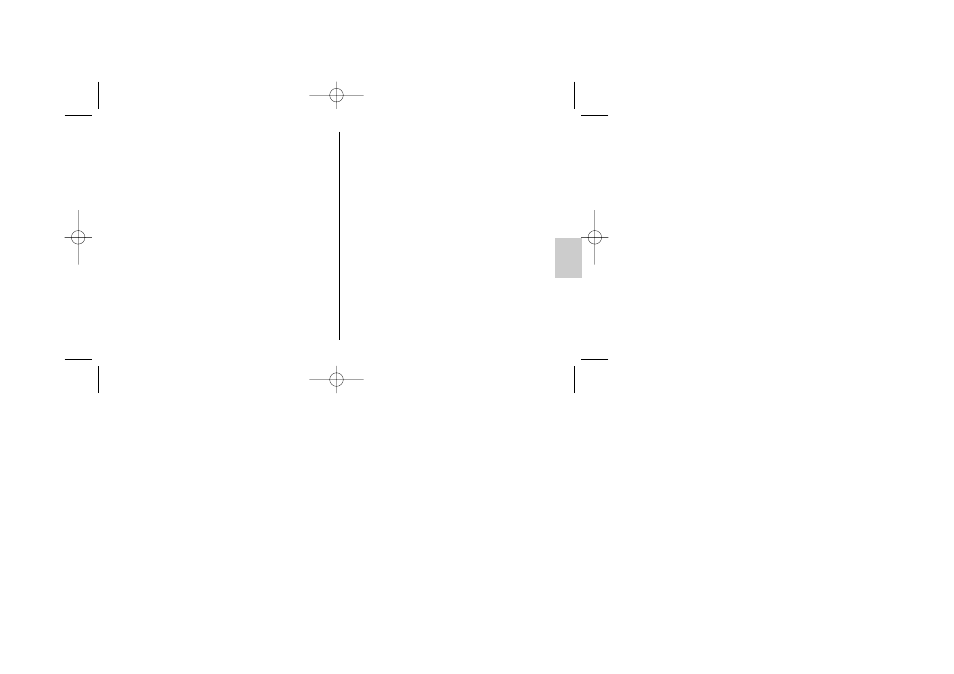Metz MECABLITZ 36 AF-3 User Manual
Page 85

flash photography as soon as the mecablitz indicates flash
readiness.
7. Flash techniques
7.1 Bounce flash
Photos shot with full frontal flash are easily recognized by
their harsh, dense shadows. This is often associated with a
sharp drop in light from the foreground to the background.
This phenomenon can be avoided with bounce flash becau-
se the diffused light will produce a soft and uniform rendi-
tion of both the subject and the background. For this situa-
tion the reflector is turned in such a manner that the flash is
bounced off a suitable reflective surface (e.g. ceiling or wall
of the room).
The reflector can be turned vertically up to 90°.
When turning the reflector vertically, it is essential to ensure
that it is moved by a sufficiently wide angle so that direct
light can no longer fall on the subject. Consequently, always
turn the reflector at least to the 60° lock-in position.
The light bounced off the reflecting surfaces produces a soft
and uniform illumination of the subject. The reflecting surfa-
ce must be white or have a neutral colour, and it must not
be structured, e.g. wooden beams in a ceiling as these
might cause shadows. For colour effects just select the
reflective surface in the desired colour.
Take into account that the maximum flash range is
considerably diminished when bouncing the flash.
The following rule of thumb will help you determine
the maximum flash range for a room of normal
height:
guide number
Maximum flash range = –––––––––––––––––––––––––
(flash-to-subject distance x 2)
☞
85
ķ
705 47 0076.A2 36 AF3-4 13.07.2006 15:10 Uhr Seite 85
